The Fujifilm X100S has fantastic image quality. The 16-megapixel X-Trans CMOS II sensor is one of the best APS-C sensors available right now. Combine that with the 23mm f/2.0 Fujinon prime lens and you’ve got a formula for nearly unbeatable image quality. If you want more, you really need to look to full-frame cameras. Read on for some comparison and analysis; and to see our X100S studio sample photos and make your own judgment about the X100S’s image quality.
Update: Our full hands-on review of the Fujifilm X100S is complete. Check it out to learn all about the camera’s feel, performance and image quality!
The 16-megapixel X-Trans CMOS II sensor in the X100S is Fujifilm’s latest and greatest. It also has a new processor, the EXR Processor II, so it’s no surprise to learn the X100S has better image quality than the X-Pro1, X-E1, etc. The X100S maintains a level of detail and tonal subtlety that actually makes our X-E1 studio samples look a little course – and the X-E1 is a camera with wonderful image quality. But the X100S dynamic range is clearly better. You can see it in the studio tests and you really see it when you start pushing the images around in post. There’s a ridiculous amount of highlight and shadow detail to be had in the X100S RAW files. I had great (for photos) smoky conditions for this sunset photo – perfect for lots of detail. But I was still surprised by how much I was able to manipulate the image in Lightroom and Photoshop – especially the amount of highlight detail I was able to recover.
Fujifilm X100S Sample Photo Gallery >>
Comparing the X100S and X-E1 studio tests, there’s also a very nice improvement in low light performance. I’d say the X100S looks nearly a stop better at ISO 6400 than the X-E1 (see comparison image, below). Noise is better across the board with the X100S, but it’s most noticeable above ISO 800 with the main benefit at ISO 6400.
The Fujifilm X100S studio tests below were shot RAW in aperture priority mode at f/5.6. The RAW images were converted to 16-bit TIFF files in Lightroom and the graybar, text and logo were added in Photoshop before the images were resaved as maximum quality JPEGs. No adjustments were made at any point – that includes noise reduction, exposure, sharpening and white balance. The native sensitivity range for the X100S is ISO 200 to 6400. The low (ISO 100) and high (ISO 12,800 and 25,600) expanded sensitivity settings are only available in JPEG mode but we’ve included them anyway so you can see what they look like.
Warning: these files are big – be patient while they download.
Fujifilm X100S Studio Sample Photos
 Fujifilm X100S ISO 100 Sample |
 Fujifilm X100S ISO 200 Sample |
 Fujifilm X100S ISO 400 Sample |
![]()
 Fujifilm X100S ISO 800 Sample |
 Fujifilm X100S ISO 1600 Sample |
 Fujifilm X100S ISO 3200 Sample |
![]()
 Fujifilm X100S ISO 6400 Sample |
 Fujifilm X100S ISO 12,800 Sample |
 Fujifilm X100S ISO 25,600 Sample |
![]()
If you own a Fujifilm X100S, we’d love to have you write a user review for us. Click on the “Read Reviews” button below to go to the user review page and write a review.
Fujifilm X100S Review >>
All Digital Camera Sample Photos >>
Related Content:
All Fujifilm User Reviews
All Digital Camera User Reviews
All Olympus OM-D E-M5 Sample Photos
Digital Cameras Forum
More Fujifilm News & Articles
Fujifilm Web Site


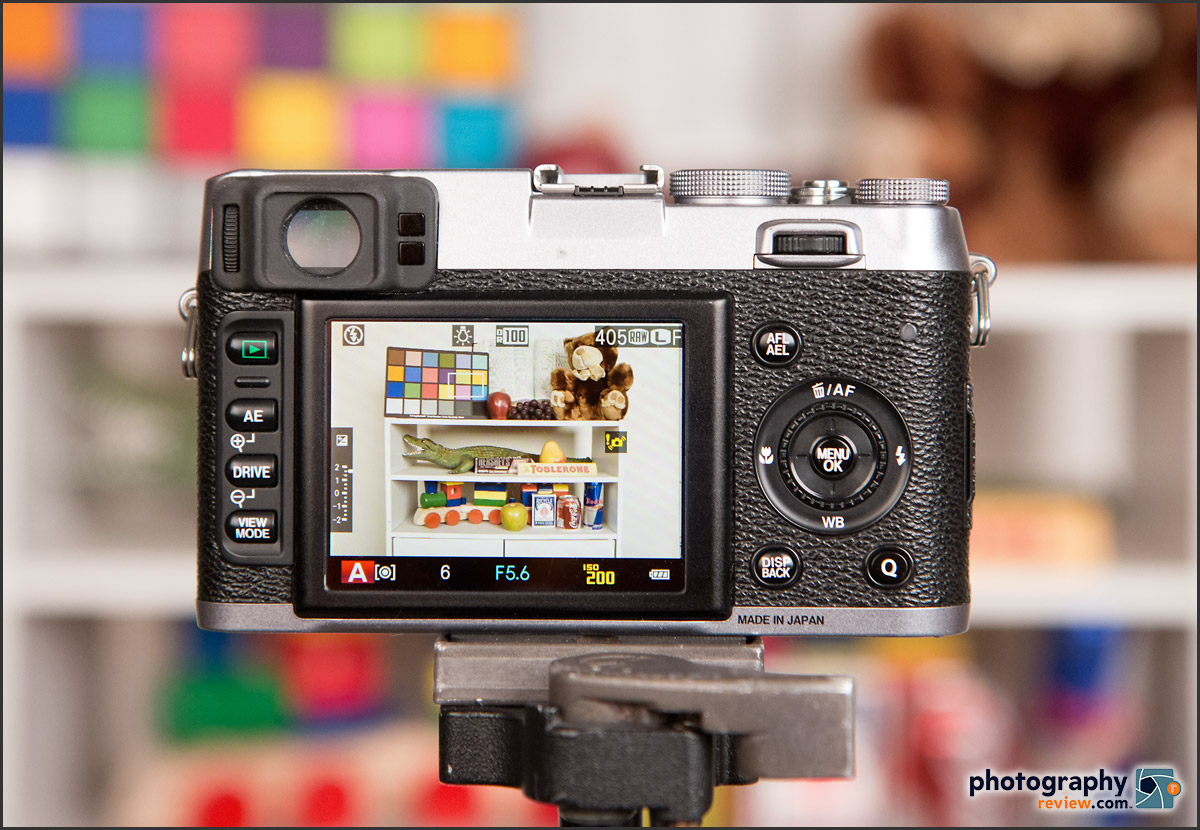
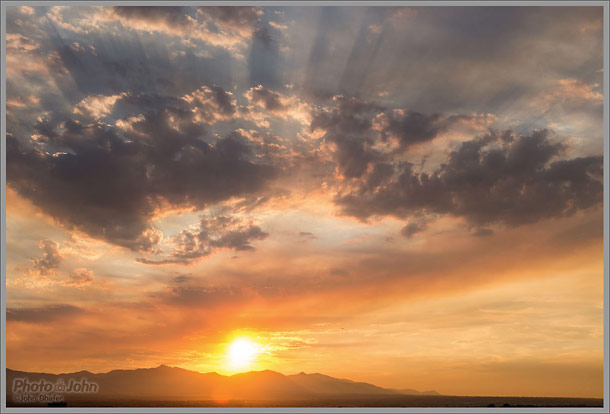



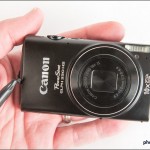

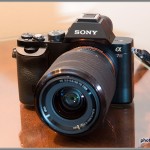





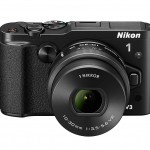
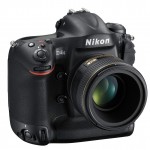
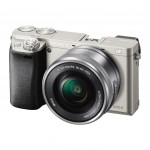
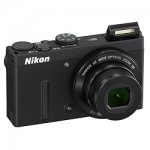

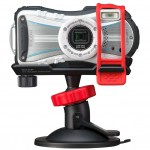
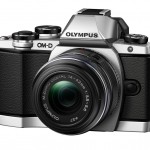

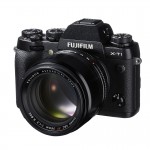
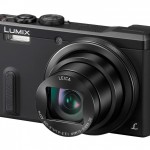
Leave a Reply